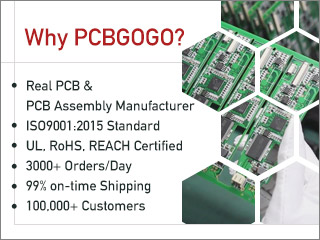7 tips for high-speed PCB-routing design
8539
0
Sep 03.2022, 10:08:27
1. Power Supply and Circuit RoutingMost of the time digital circuits need discontinuous current, which would generate inrush current. And there must exist parasitic inductance, parasitic resistance, and parasitic capacitor in the high-speed circuit, so eventually, the high-frequency noise would be coupled into other circuits. Because parasitic inductance will decline the maximum inrush current capability that can be withstood, and then cause some parts pressure to drop, and the circuit may be disabled.Therefore, it is particularly important to add bypass capacitors in front of digital devices. The larger the capacitor is, the more energy it transmits is limited by the transmission rate, so a large capacitor and a small capacitor are generally combined to satisfy the full frequency range.Avoid hot spots: Signal vias will create voids on the power plane and bottom layer. Therefore, the unreasonable placement of vias is likely to increase the current density in some areas of the power o...

